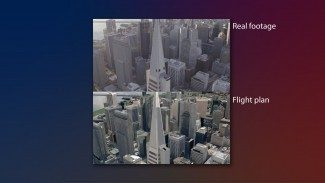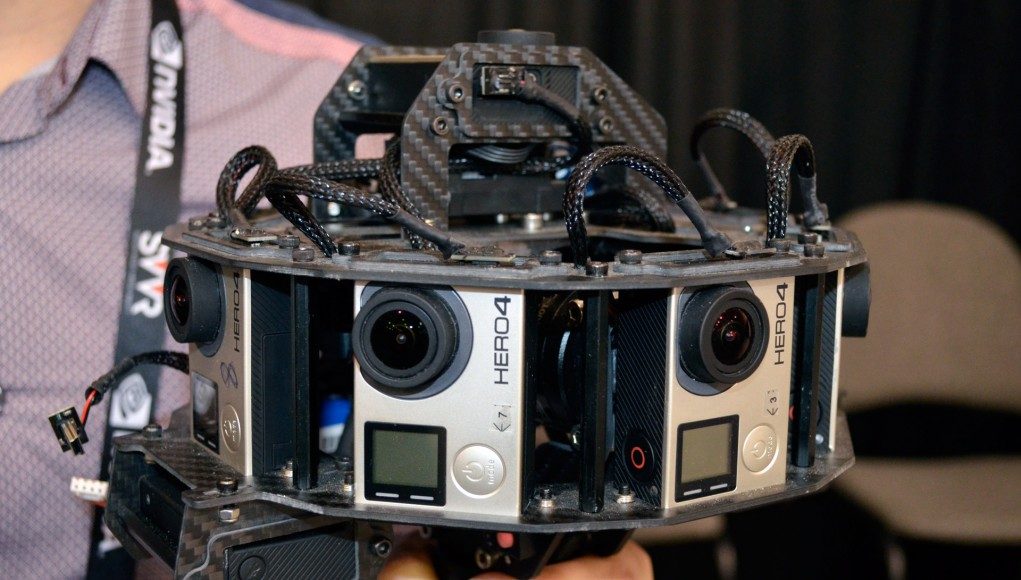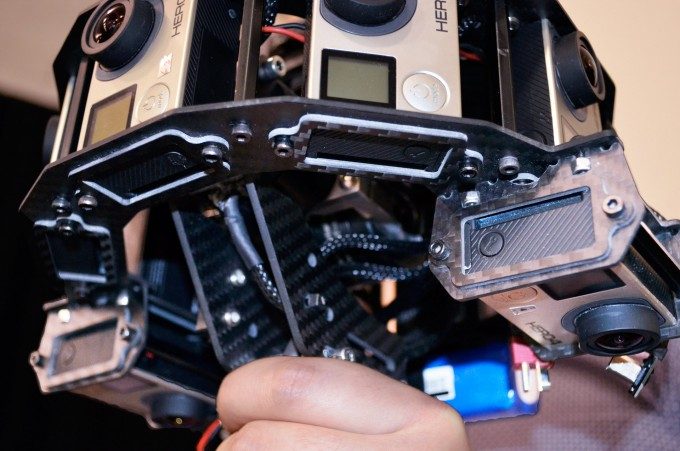Every time I’ve ever been shown a piece of 360 video content with an improperly aligned horizon, I’ve wondered to myself why it seems like no one is using hardware-stabilization. Then I saw Spherica’s custom-built 360 camera rig which is designed to do exactly that.
Shown off at SVVR 2016 this week, Spherica’s hardware-stabilized 360 camera rig uses a three-motor gimbal to keep the viewer’s horizon incredibly steady.
[gfycat data_id=”LazyMerryBushsqueaker” data_autoplay=true data_controls=false]
When it comes to 360 video, you’ll find that much of it consists of footage captured from a static viewepoint. That’s because, when filming for VR, moving the camera can quickly lead to visual discomfort. As it turns out, one of the major reasons for that discomfort may simply be that the scene’s horizon is likely to wobble when the camera is moved.
When viewing 360 degree video inside of a VR headset, the camera’s horizon typically has to be completely flat. Without a flat horizon for the camera, the viewer will have a sense of tilting even when they aren’t. This is especially uncomfortable when the camera moves and shakes, causing the horizon to tilt; To the viewer it feels like the whole world around them is shifting. Even shots that we would consider stable when viewing on a normal TV may not be stable enough for VR, as sensitivity to changes in the horizon is greatly increased when viewing in VR.
With Spherica’s hardware-stabilized 360 camera rig however, the shifting horizon can be nearly eliminated. The company showed me footage shot with their rig which consisted of a number of drone and dolly shots which looked perfectly stable—and felt perfectly comfortable—when viewed on a Gear VR headset. Even the highest drone shots, where the distant horizon amplifies even the slightest tilt of the camera, the shots were stable enough that comfort didn’t seem like an issue at all.

Ultimately, such effective stabilization could mean more camera mobility for VR film directors who have had to try to adapt to totally static camera placements.
For Spherica’s part, the company tells me they’re interested to offer their rig to other creators who may have need to shoot stabilized 360 video, but they haven’t productized it just yet. The company is also busy as a content studio, and says they have some 20 films that will soon be released.








